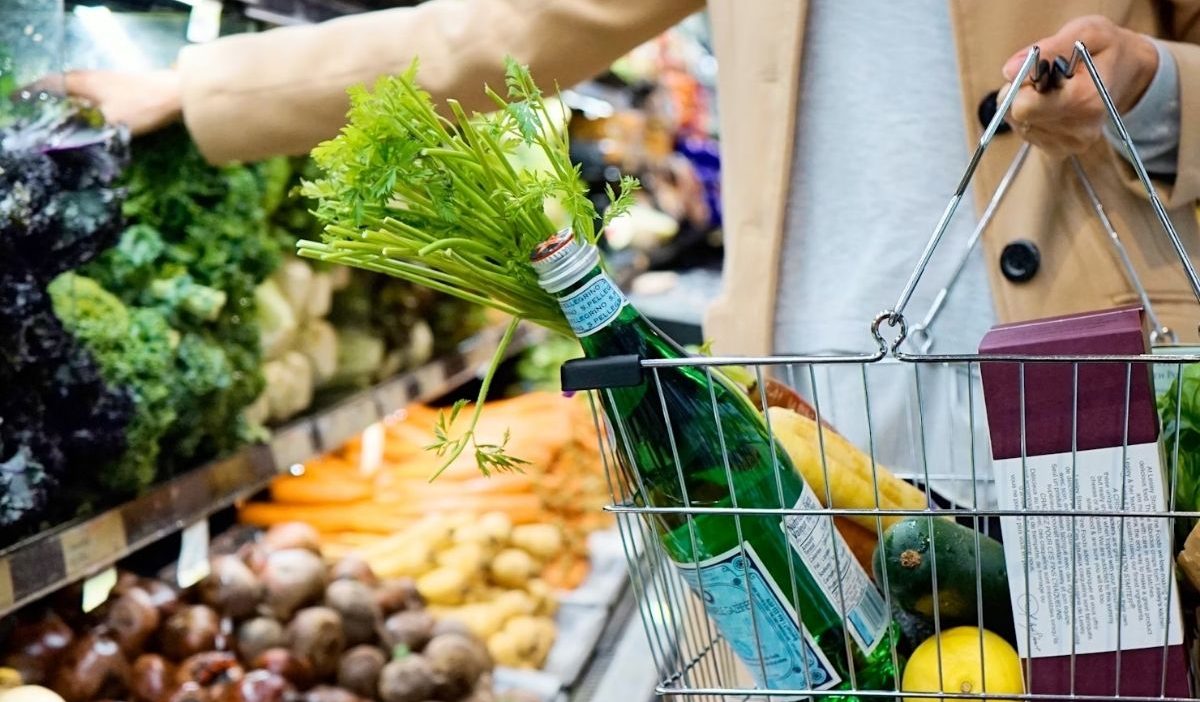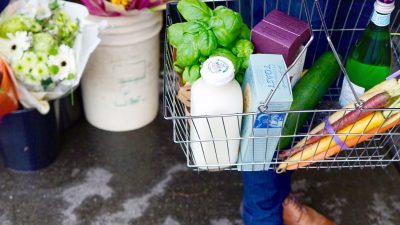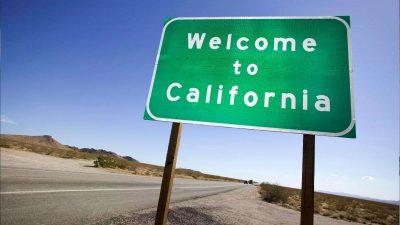What is CalFresh? This program has helped nearly 5 million Californians buy nutritious food each month. It provides essential support, ensuring families can access healthy meals. This guide will explain how CalFresh works, its benefits, and how to apply in California.
What is CalFresh? How Does CalFresh Work in California?
CalFresh, commonly known as Supplemental Nutrition Assistance Program (SNAP) in the United States, is the state’s food stamp program.
It helps low- or no-income people and households buy nutritious food.
This program is California’s largest food program and serves as a crucial hunger safety net. It is nationally mandated, but in California, it is overseen by the state and operated by the county.
CalFresh provides monthly benefits on an Electronic Benefit Transfer (EBT) card. It works similarly to an ATM card and may be used to buy food at farmers markets and retail stores that accept EBT cards.
The monthly benefit amount is calculated using a person’s or household’s income, costs, and household size.
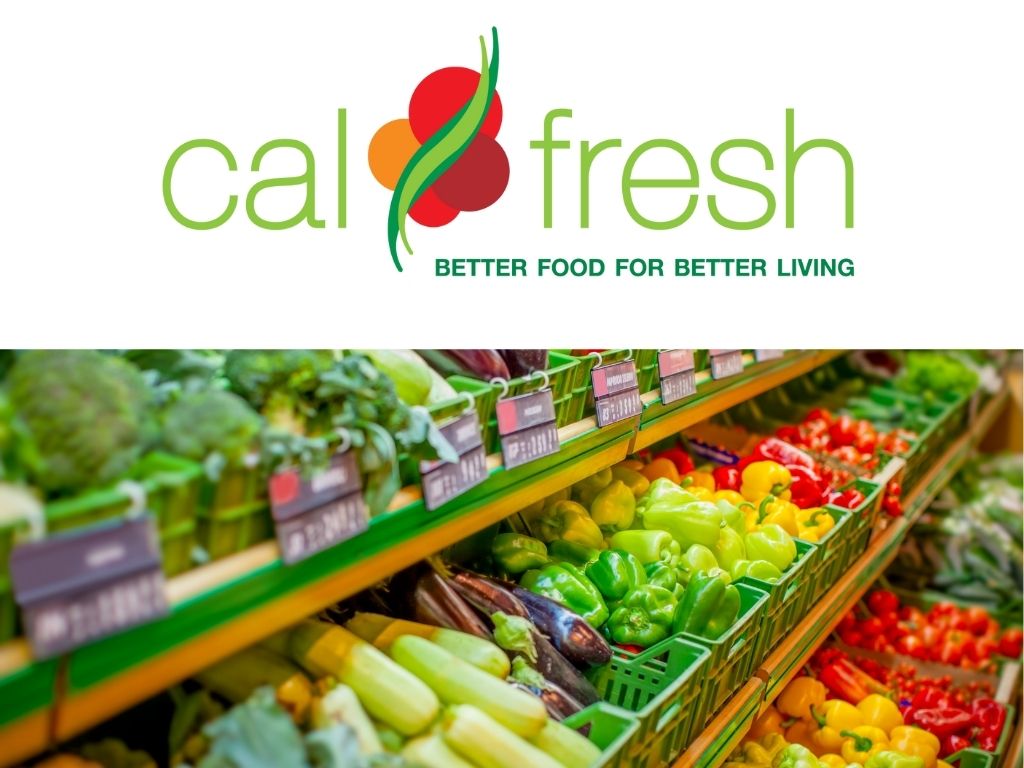
CalFresh is California’s SNAP program. The USDA funds each state to manage its version of the program based on the needs of its residents.
With origins in the Agricultural Adjustment Act of 1933 and subsequently the Food Stamp Act of 1964, SNAP is an important food security program that now assists millions of low-income Americans in accessing nutritious food.
In a typical month in 2024, SNAP supported more than 41 million low-income people in the US in obtaining a nutritionally adequate diet. That equates to around 12% of the overall US population.
Who Qualifies for CalFresh Benefits?
You may wonder, “Is CalFresh only for US citizens?” The answer is no. Residents of California and US citizens or qualified immigrants may also be eligible.
In addition, they must meet the income requirement. So, what makes me eligible for CalFresh? What is the maximum income to qualify for CalFresh?
CalFresh eligibility is determined by household size and income if it falls within these limits:
| Household Size | Maximum Monthly Income |
| 1 | $2,510 |
| 2 | $3,408 |
| 3 | $4,304 |
| 4 | $5,200 |
| 5 | $6,098 |
| 6 | $6,994 |
| 7 | $7,890 |
| 8 | $8,788 |
| Each additional member | + $898 |
Please note that if you want to apply for benefits or learn more about SNAP, you must contact your SNAP office first.
Step-By-Step CalFresh Application Process
The CalFresh application process is straightforward, with specified documentation required to verify eligibility. This step-by-step tutorial will help you go through the process with ease.
Needed documents
What proof does CalFresh ask for? Applicants must submit proof of identity, residence, income, and other documentation.
- Proof of identity
- Birth certificate
- Driver’s license
- School records
- Paycheck
- U.S. passport
- Voter registration card
- Proof of where you live
- Driver’s license
- Check stub
- Utility bill
- Rent or mortgage receipt
- Proof of income
- Dated check stubs for the last 30 days
- Copy of last year’s tax return
- Statement from your employer
- Social Security Numbers
- Social Security card
- Proof of application (if no SSN exists)
- Proof of shelter costs
- Housing bills
- HOA fees
- Utility bills
- Property tax statement
- Proof of medical expenses if 60+ or disabled
- Billing statement
- Itemized receipts
- Child or adult care costs: Childcare receipts, which include
- Amount
- Date paid
- Name of person care was for
- Signature of provider and date
- Proof of immigration status
- The I-688 is not acceptable verification document; the I-94 is acceptable depending on what type of information is provided on the form and if USCIS approves of such information
- Certificate of naturalization
- Immigration papers/forms/cards (copy of both sides)
- Other proof from immigration (USCIS), including work authorization, letter of decision or court order on your case, etc.
- Proof of vehicle registration
- Department of Motor Vehicle registration certificate
Application steps

The process to get CalFresh SNAP benefits is straightforward. It requires a few steps to help eligible individuals receive food assistance.
- Step 1: Check Eligibility – You should review the income and household requirements mentioned above or use an online screening tool.
- Step 2: Prepare Documents – Now, you need to gather proof of identity, income, residency, and other required information.
- Step 3: Submit the Application – Depending on your state, you can apply online, in person at your local county office, or by phone.
CalFresh Benefits – What Can You Buy?
What is CalFresh, and what can you buy with CalFresh benefits? The program allows you to purchase the following categories of food and several non-food items:
- Seeds and plants: You can buy seeds and plants to cultivate food for yourself or your family. This smart CalFresh usage enables you to grow fresh produce, assuring a steady supply of nutritious food while encouraging gardening skills and self-sufficiency.
- Non-hot food items: Any food for human consumption qualifies, excluding hot food. Yet, there are several exceptions, like permitted hot meal programs and approved restaurant meal programs.
- Cooking supplies: Essential cooking ingredients (such as vegetable oils, lard, and pectin), as well as vegetable products needed to flavor recipes, can be purchased with SNAP benefits.
- Water and ice: While not designated as food, ice and water are also eligible for CalFresh benefits.
It is worth noting that CalFresh SNAP benefits cannot be used to buy pet food, tobacco products, alcohol, vitamins, energy drinks, supplements, non-food items like toothpaste and soap, and heated food for immediate consumption.
However, CalFresh beneficiaries who are 60 years or older, homeless, or disabled can use their benefits to buy prepared meals from the CalFresh Restaurant Meals Program.
Notably, the amount of California SNAP benefits a household receives is determined by the number of individuals in the home and the remaining monthly net income after allowable deductions.
Below are the maximum income and benefit limits starting from January 10, 2024 to September 30, 3025:
| Household Size | Gross monthly income limit | Maximum monthly benefit |
| 1 | $2,510 | $292 |
| 2 | $3,408 | $536 |
| 3 | $4,304 | $768 |
| 4 | $5,200 | $975 |
| 5 | $6,098 | $1,158 |
| 6 | $6,994 | $1,390 |
| 7 | $7,890 | $1,536 |
| 8 | $8,788 | $1,756 |
| Each additional member | +$898 | +$220 |
Do You Know How to Maximize CalFresh Benefits?
Now you know what is CalFresh. If you are a CalFresh recipient, you can maximize your benefits by enrolling in the Lifeline program. It helps low-income individuals get free or discounted phone and internet services.
In California, the program offers a $9.25 monthly discount from federal funding plus up to $19 more from state funding. This means you can save money on your phone bill.
Notably, by applying through a trusted provider like AirTalk Wireless, you can reduce your monthly phone bill and receive free phones, tablets, or heavily discounted devices.
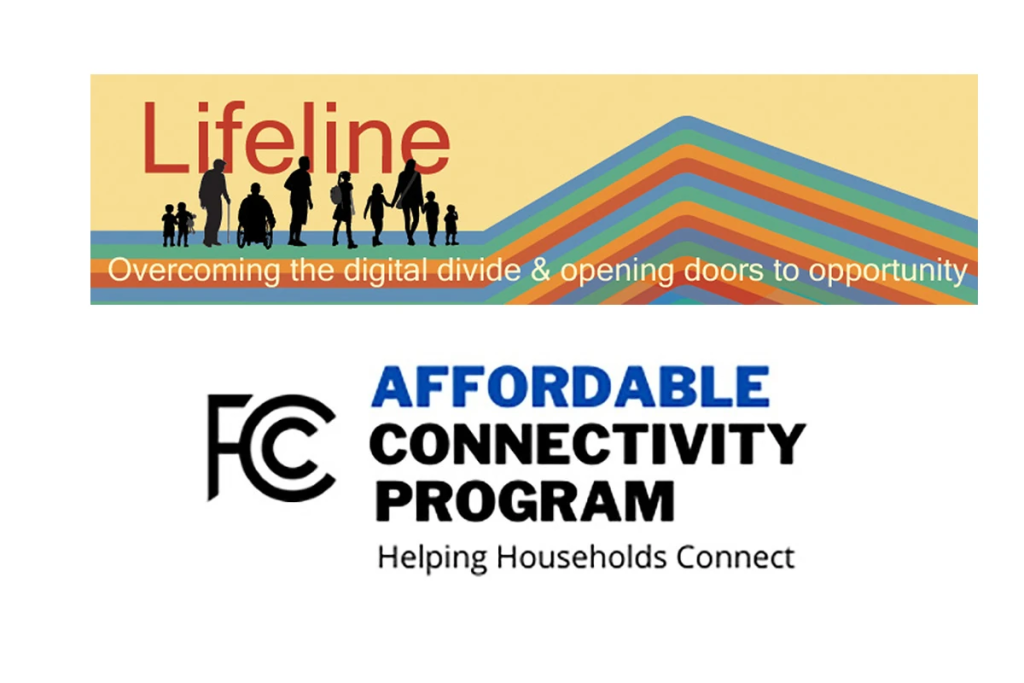
Since your CalFresh status confirms your eligibility, the process is fast and easy. To apply, follow these steps:
- Visit the AirTalk Wireless website and enter your zip code to check availability.
- Pick a Lifeline plan.
- Select your free or discounted device.
- Upload proof of CalFresh participation, and submit your documents.
- Once approved, your device will arrive in 7–10 business days.
Also read: Application Guide To Claim Best Free Government Phones In California
Frequently Asked Questions
Does CalFresh affect immigration status?
CalFresh does not count as a public charge program. This means receiving CalFresh will not count against you when applying for a green card. Also, it does not count against you when you apply for citizenship.
Can college students get CalFresh?
Typically, college students are eligible for CalFresh if they fulfill the standard requirements that everyone must follow regardless of student status. In addition, they should also meet at least one of more than a dozen qualifying criteria.
Do I have to repay CalFresh?
If the CalFresh program determines that you obtained too many CalFresh benefits, you must repay those benefits. This is referred to as an overpayment.
Even if the error was determined to be the program’s fault, you will still have to repay the benefits.

